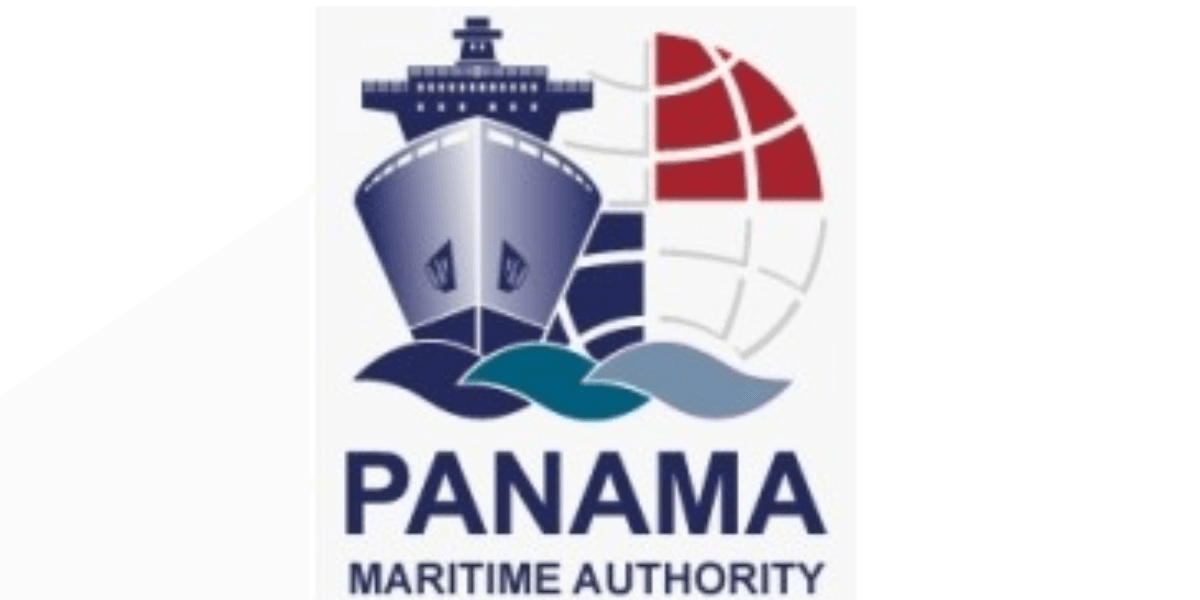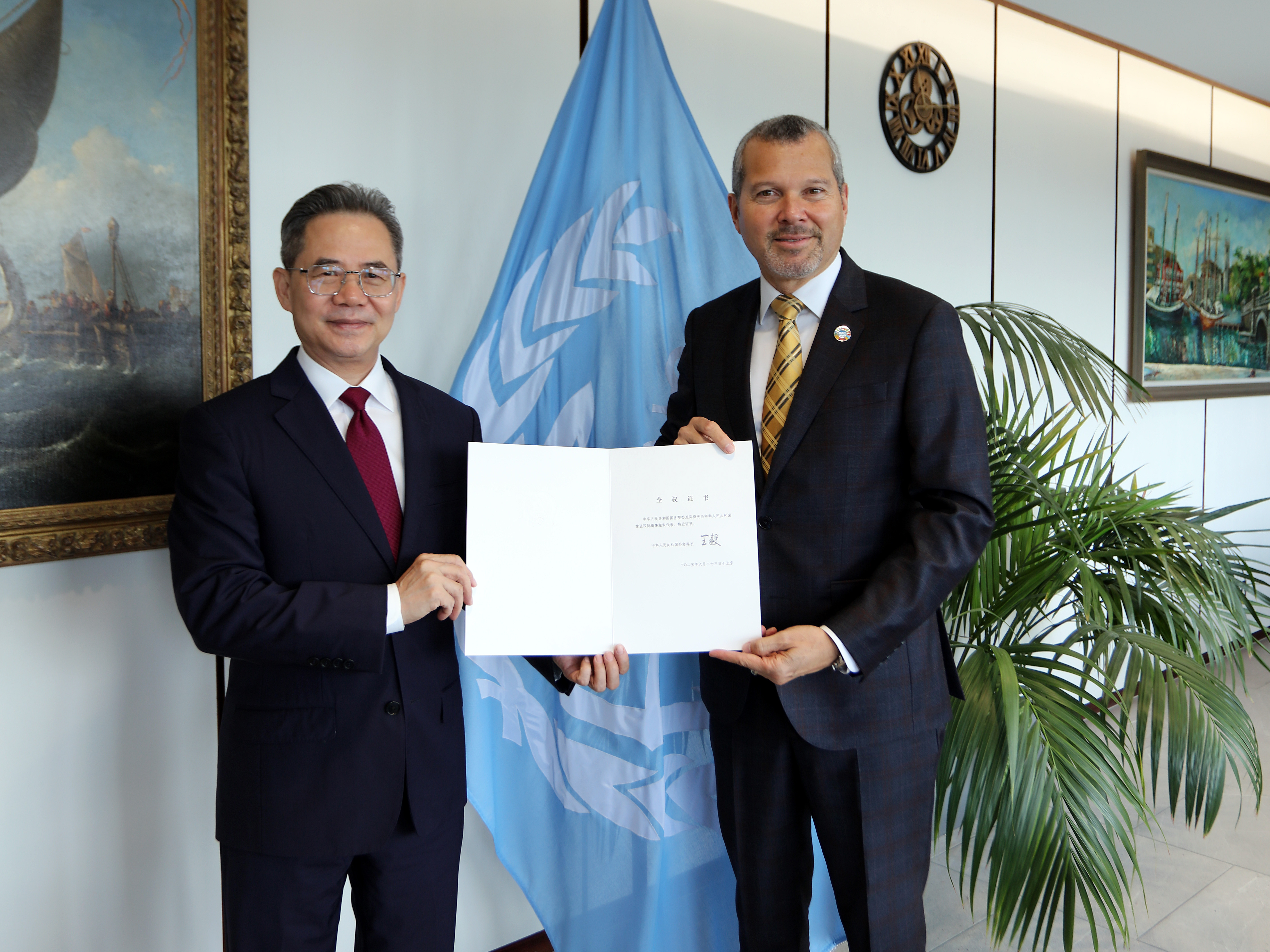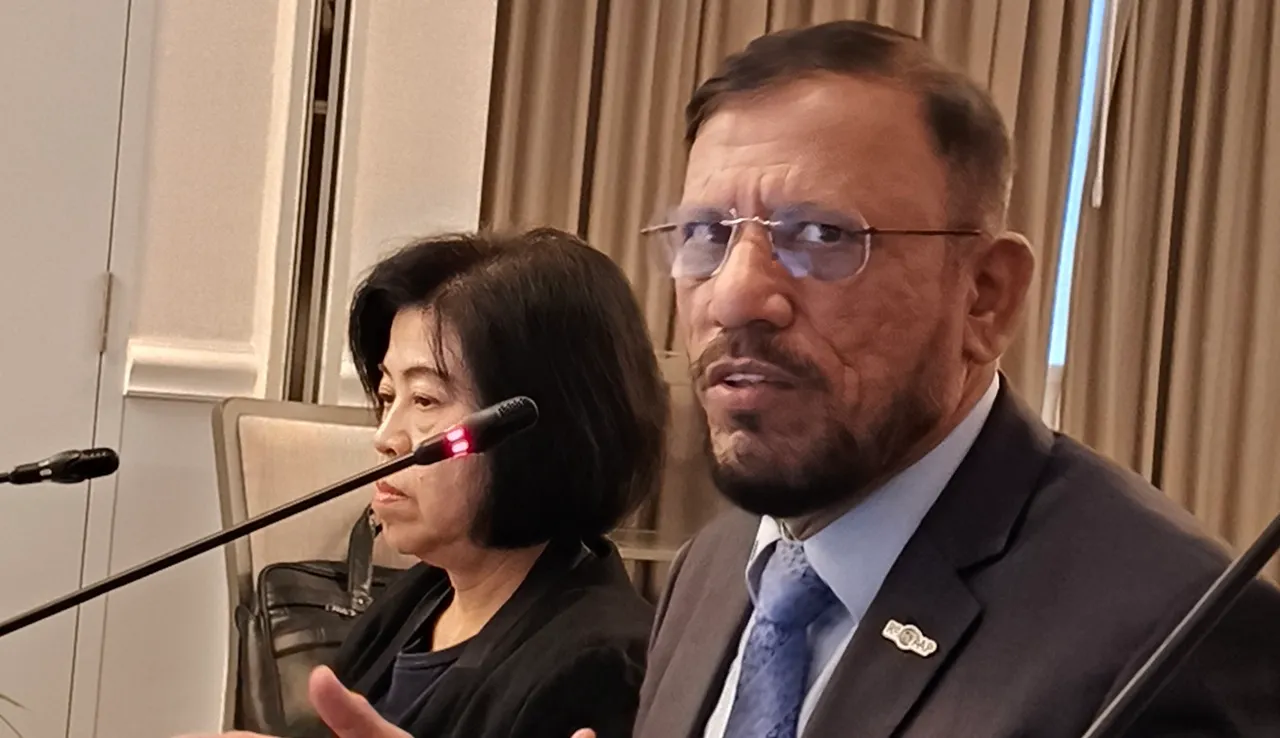





Gard Club has recently published an updated Guide on Stowaways describing the issue and inform interested parties on how to deal with stowaway incidents on board.

It is not uncommon for "unwanted guests" to be spotted by the crew on board a ship two or three days after it has left port. The action guide emphasizes that when this happens, the company and P&I Club should be notified immediately, as this will enable the CSO to notify the relevant authorities at the next port of call.
The relevant P&I Club officer and ship's agent at the next port of call or port of embarkation should also be notified so that they can be prepared to identify and repatriate the stowaway. In general, if the stowaways are not notified in advance, they cannot be repatriated.
Reminder: Ship operators and their captains should be aware of any General Data Protection Regulation (GDPR) or similar requirements that apply to the collection, retention and distribution of personal and sensitive information.
Treatment of stowaways on board:
◆ Any stowaways found should be housed in a safe place, guarded if possible, and provided with adequate food and water.
◆ They and the place where they are found, should be searched for any identity documents.
◆ If there are multiple stowaways, it is best to detain them separately.
◆ The captain and crew should act firmly but humanely. No matter how unfriendly the stowaways are to the captain, crew and ship owner, it is important to treat them humanely.
◆ The captain and crew must also provide medical assistance to the stowaways if needed.
◆ Stowaways should not be allowed to work. If they work, they are at increased risk of injury, which may result in substantial medical and deviation costs, and even claims for compensation. In addition, many stowaways are not only untrained but also unpredictable, which may pose a safety hazard if they are put to work.
◆ Some shipowners also face wage claims for putting stowaways to work. These claims create additional problems in the repatriation process.
◆ Vessels operating in areas with high risk of stowaways should consider setting aside a special area for stowaway accommodation. The accommodation should be laid out very simply and any items that could be used to harm the stowaways should be removed.
◆ In some cases, handcuffs and other types of restraints may be required. However, the general recommendation is to use such devices only in extreme circumstances, for example, if the stowaway poses a danger to him/herself or others, and preferably by outside security personnel trained in such restraint.
◆ If a stowaway dies during the voyage, the authorities at the next port of call, in cooperation with the relevant embassy, will decide how to proceed, i.e., whether to arrange for burial or repatriation of the body at the port in question. The bodies of unidentified stowaways are usually not returned to the port of embarkation. However, this practice may vary from country to country/region to region and members are advised to follow the instructions provided by local authorities and the relevant embassies.
Reminder: Stowaways should be treated in a manner consistent with humanitarian principles and due consideration must be given to the operational safety of the vessel and the safety and well-being of the stowaways.
Departure and repatriation of stowaways:
◆ All parties concerned should cooperate to the maximum extent possible to resolve stowaway cases expeditiously and to ensure the early return or repatriation of stowaways.
◆ Stowaways arrive or enter a country without the required documentation and are usually illegal entrants. The decision to deal with such cases is the prerogative of the country/region where such arrival or entry occurs.
◆ The treatment of smuggled asylum seekers should be consistent with the principles of international protection as set out in international instruments, such as the 1951 Convention and the 1967 Protocol relating to the Status of Refugees, as well as relevant national legislation.
◆ Every effort should be made to avoid situations where stowaways must be detained on board indefinitely.
◆ States should allow the return of stowaways who have full nationality citizenship or residency in the country.
◆ If nationality or citizenship or residency cannot be established, the country of the stowaway's original port of embarkation should accept the stowaway for review for return pending final disposition of the case.
Collecting Evidence
The report also emphasizes the importance of obtaining as much information and evidence as possible about how the stowaway boarded the ship and how the ship made every effort to prevent the stowaway from boarding and to locate subsequent stowaways before departing the port. This includes details of access restrictions, watch arrangements, lockdown areas, etc. Depending on the specifics of each situation, the following actions should be considered.
· Search the area where the stowaway was found for drugs, as stowaways can be used as drug couriers. If drugs are found, they should be seized intact and the area where the stowaway and drugs (if any) were found should be photographed or videotaped.
· Search the identity documents of the stowaway. These documents, when found, must be confiscated because stowaways often try to hide their identity or destroy their identification documents.
· Search stowaways for a variety of items, including cell phones, drugs, and weapons, document any items found, and confiscate them.
· Question each stowaway in detail about the time and place of boarding. If there are multiple stowaways, interview each one separately.
· Establish the vessel's security arrangements at the time of boarding.
· Try to determine the reason for each person's stowaway and the circumstances under which he or she may voluntarily return.
· Explain that if the stowaway is for economic reasons, it will not be accepted by other countries and repatriation is inevitable.
· Document in the logbook the treatment of stowaways during the voyage, such as frequency and type of meals, accommodations, time allowed out, and sanitation arrangements, and by photographing and videotaping whenever possible.






